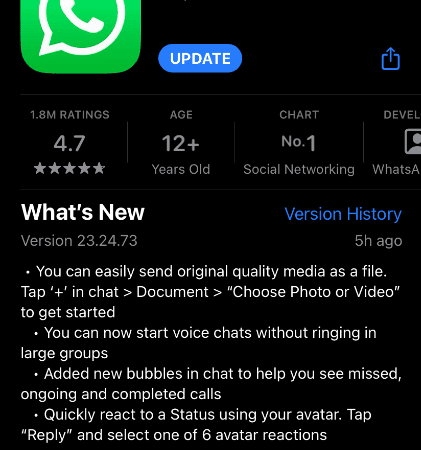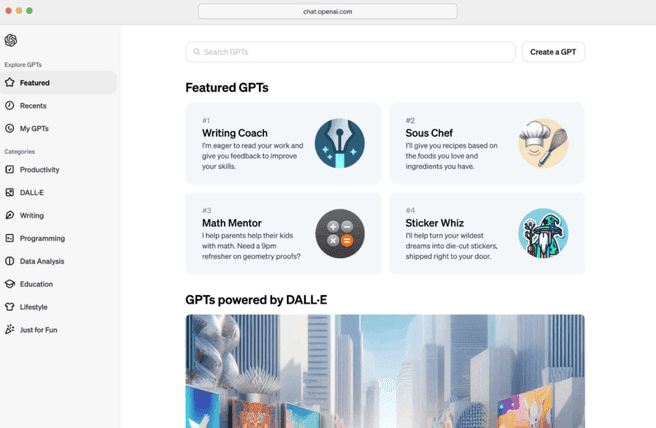Technicians from QuTech and KPN have demonstrated the distribution of quantum keys to nodes in The Hague and Delft via a central system in Rijswijk. This mdi qkd system is scalable and should provide security keys for multiple applications.

QuTech and KPN showed on Tuesday the operation of a network for measurement-device independent quantum key distribution , in which locations in Delft, Rijswijk and The Hague were connected via conventional fiber optic cables. At QuTech in Delft there is a rack system called Alice, in The Hague there is the same system Bob at KPN and in Rijswijk there is the central system Charlie, which connects Alice and Bob.
Bob and Alice both sent a request to Charlie during the demonstration that they wanted to make a quantum key for their communication. For this they send qubits to the system in Rijswijk. In the central node there is interference from Alice and Bob’s qubits, resulting in a certain detection pattern. That pattern depends on the state of the qubits sent. If those two states are opposite, they create a Bell state . The detector in Rijswijk can measure the pattern of that Bell state, inform the end nodes and generate the keys.
The security relies on the fact that eavesdropping on the connection involves a measurement of the qubits, which inherently modifies the state of the qubits. This means that the Bell state measurements are no longer correct. If Alice and Bob get enough measurements and statistics, they will know when the keys are generated whether the connection has been tampered with and the communication is secure or insecure. The keys can then be used to encrypt communications, with no requirements regarding the chosen encryption or the application. Media streams or the entire network traffic of a router can also be secured in this way.
Demonstrations of networks for quantum key distribution have been around for some time, but these involve point-to-point connections. QuTech’s mdi qkd method is much more scalable because a central node can provide multiple pairs of users with keys and central nodes can also be connected again. A disadvantage of the system is the relatively limited maximum distance of about 150 kilometers. At longer distances, loss of the quantum signal occurs. QuTech believes that upgrades can extend that maximum distance up to 250 kilometers and in the future repeaters should enable longer distances for international applications, said Joshua Slater, who leads QuTech’s Quantum Communication team.
Another drawback is that it takes about four minutes to analyze enough statistics to make sure there was no man-in-the-middle. In addition, separate, relatively large systems are required to connect the end node to the central node. Client PCs can therefore not be connected directly to the mdi qkd network.
KPN will eventually work on the commercial deployment of the system. Victoria Lipinska, Quantum Advisor at KPN, expects the first customers to be parties for whom secure communication is crucial, such as the police, defense and other government agencies, as well as banks, health organizations and data centers. According to her, this kind of security is becoming increasingly important as computers become more powerful, which can undermine existing security methods. In contrast, mdi qkd would also be suitable for post-quantum cryptography. According to her, it is an advantage that the existing fiber optic network can be used, whereby regular internet traffic can also run over those cables. KPN has been involved in research into the distribution of quantum keys for many years. In 2016, the company collaborated with Swiss ID Quantique on point-to-point qkd.







